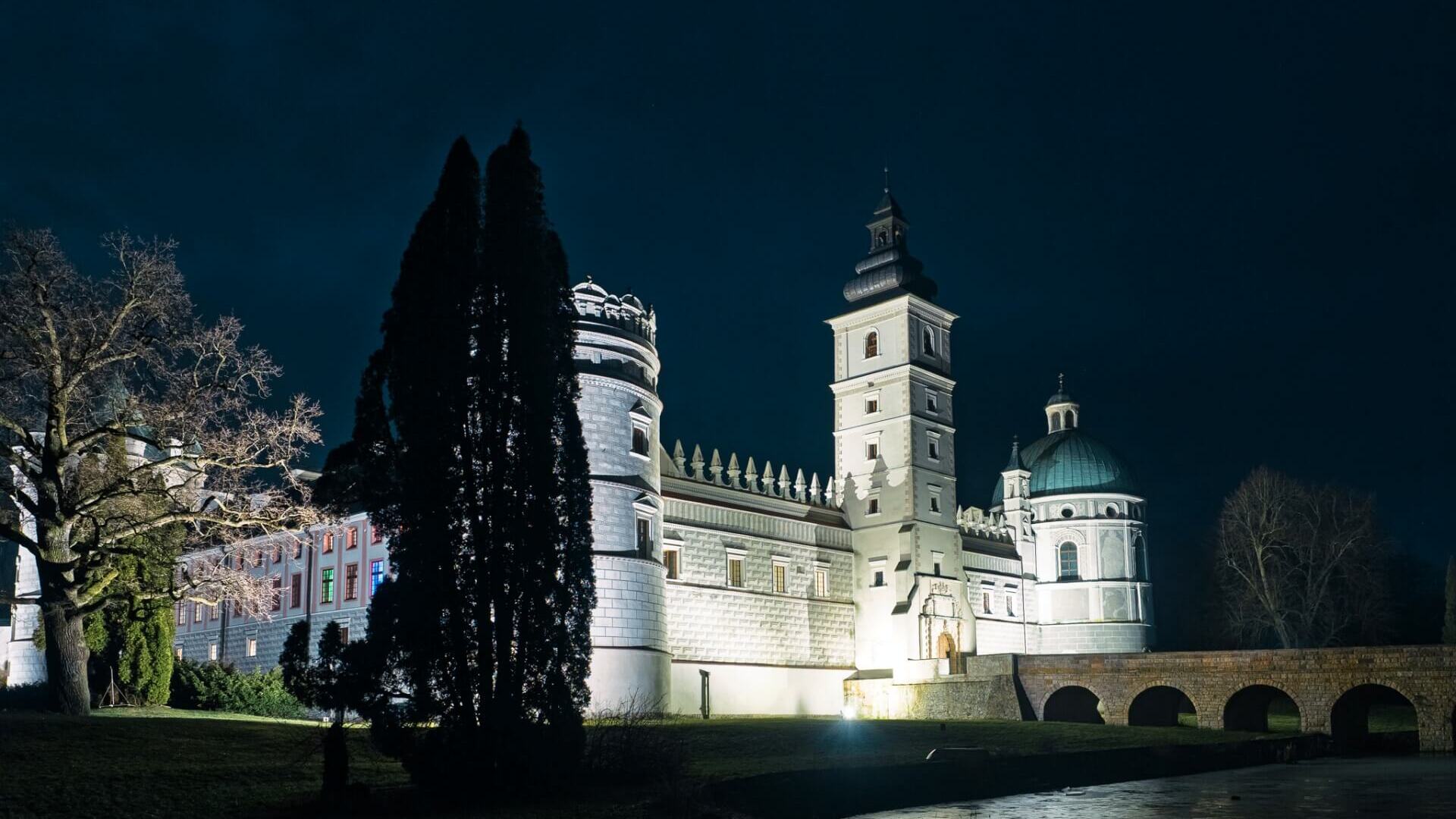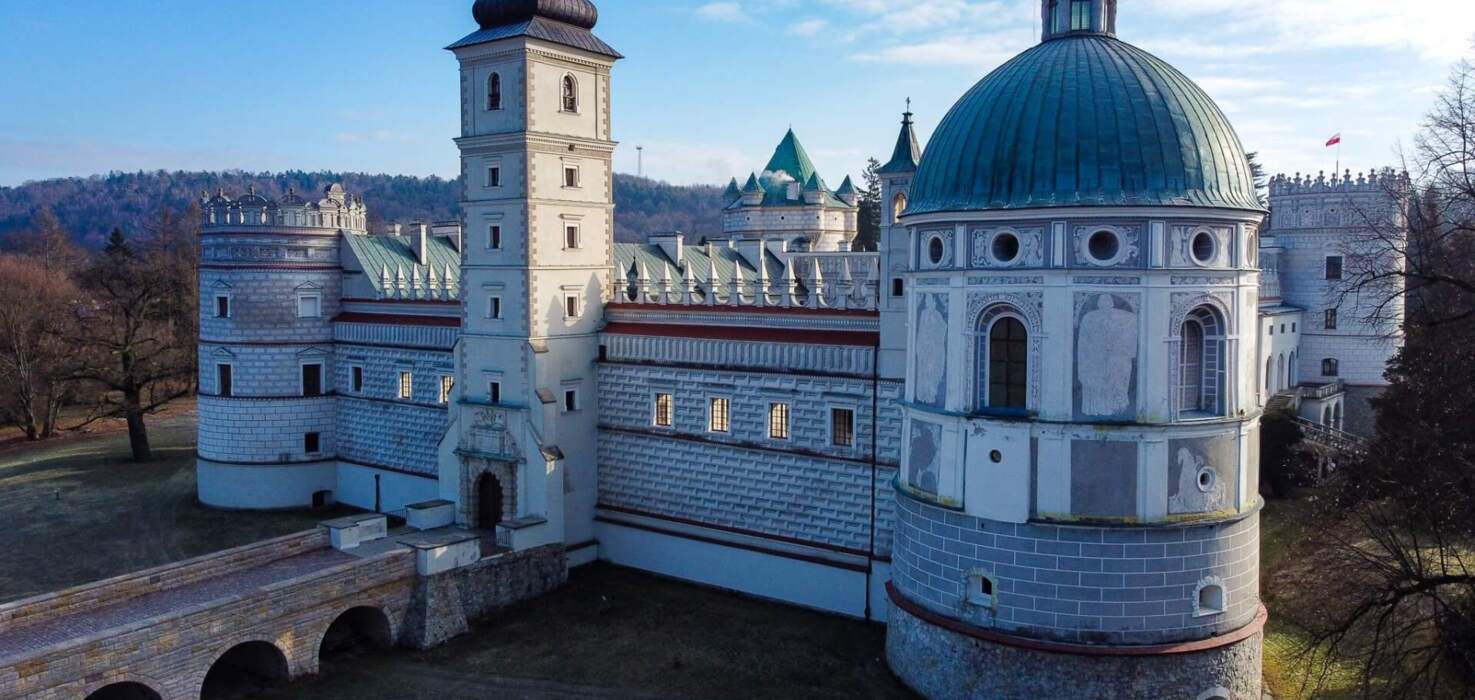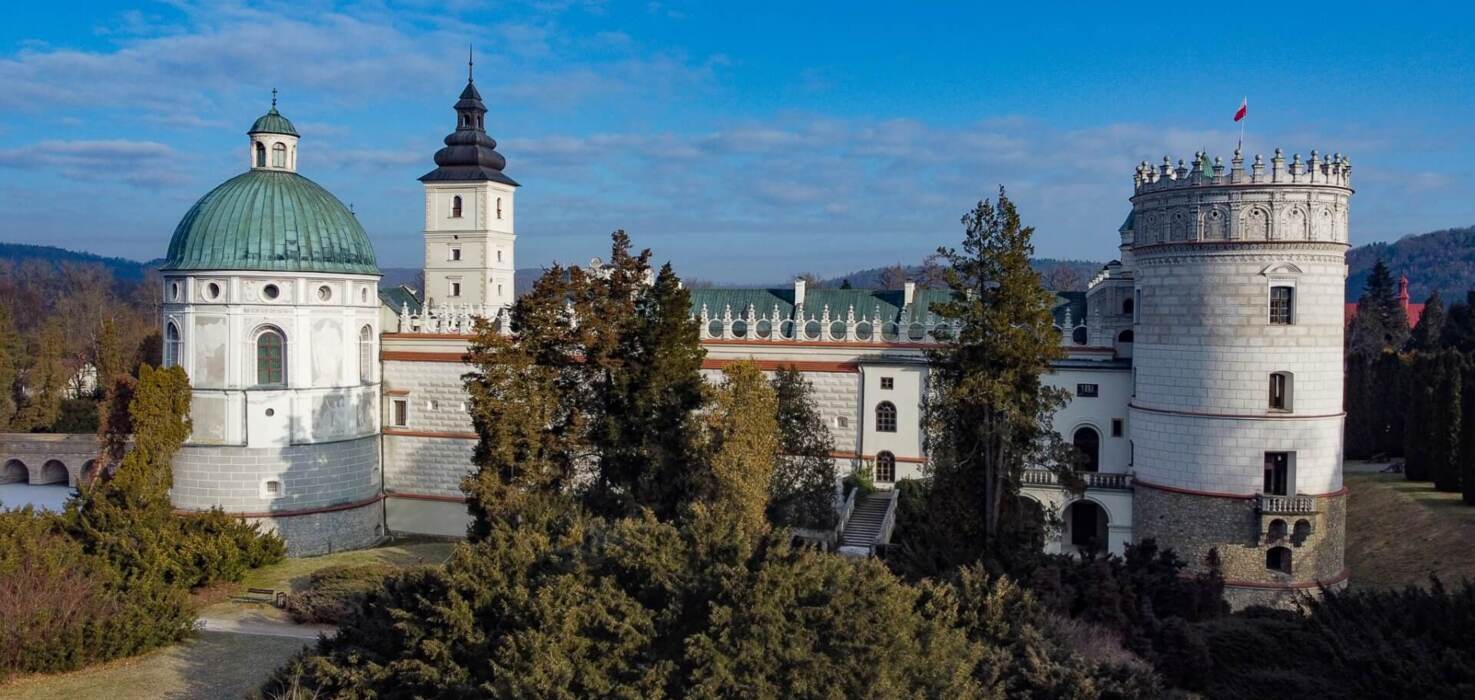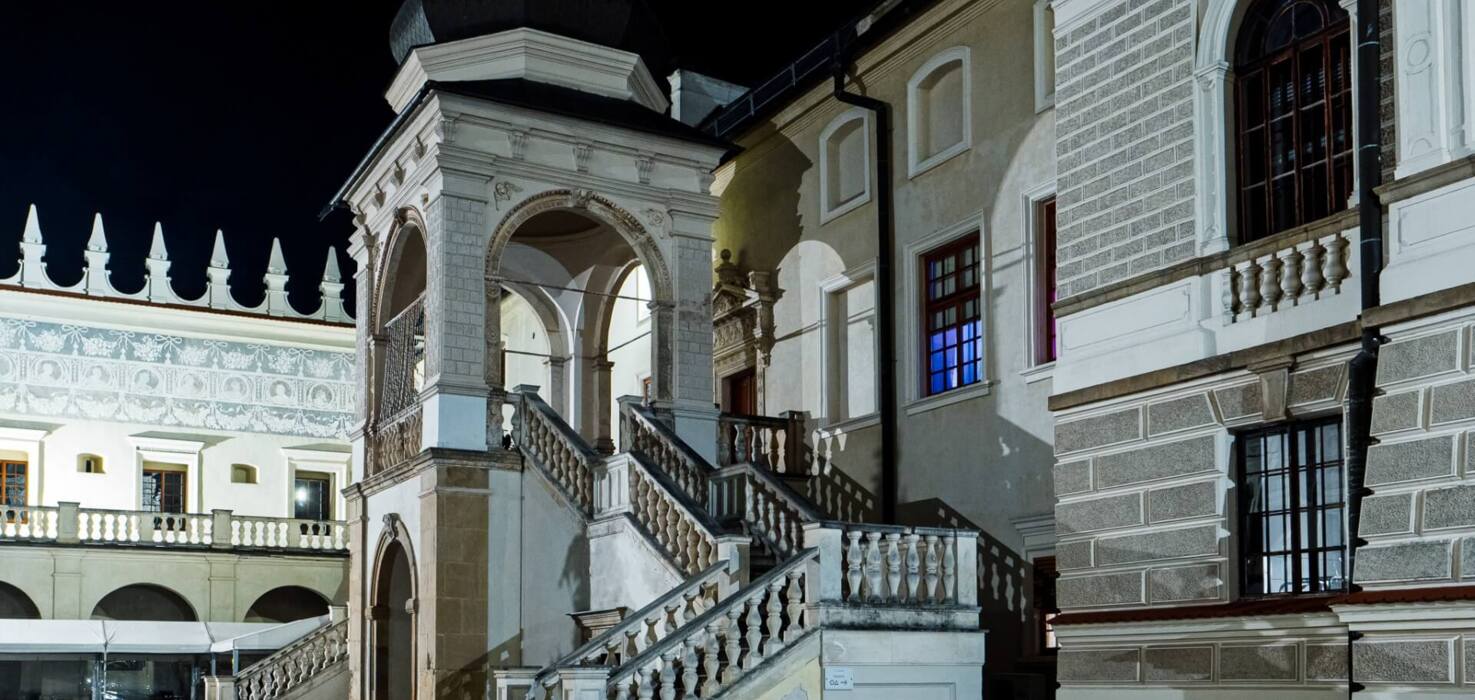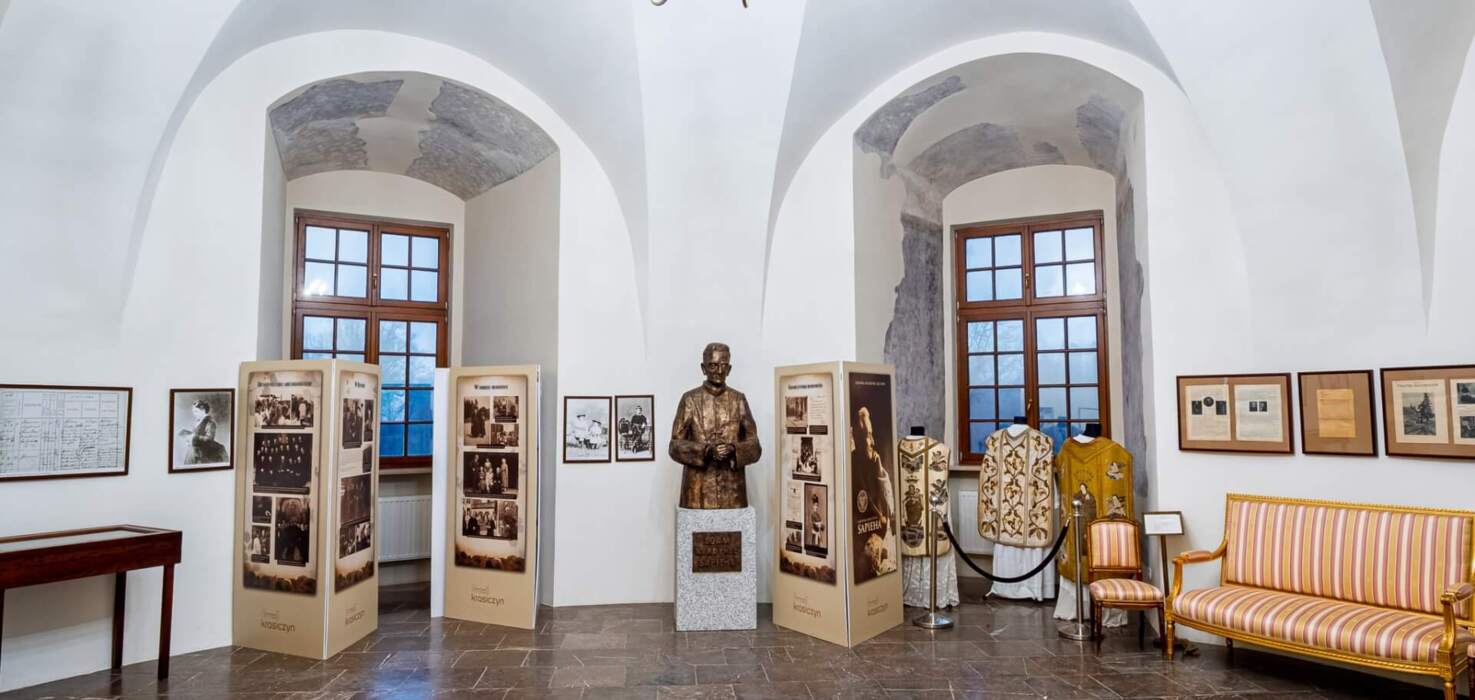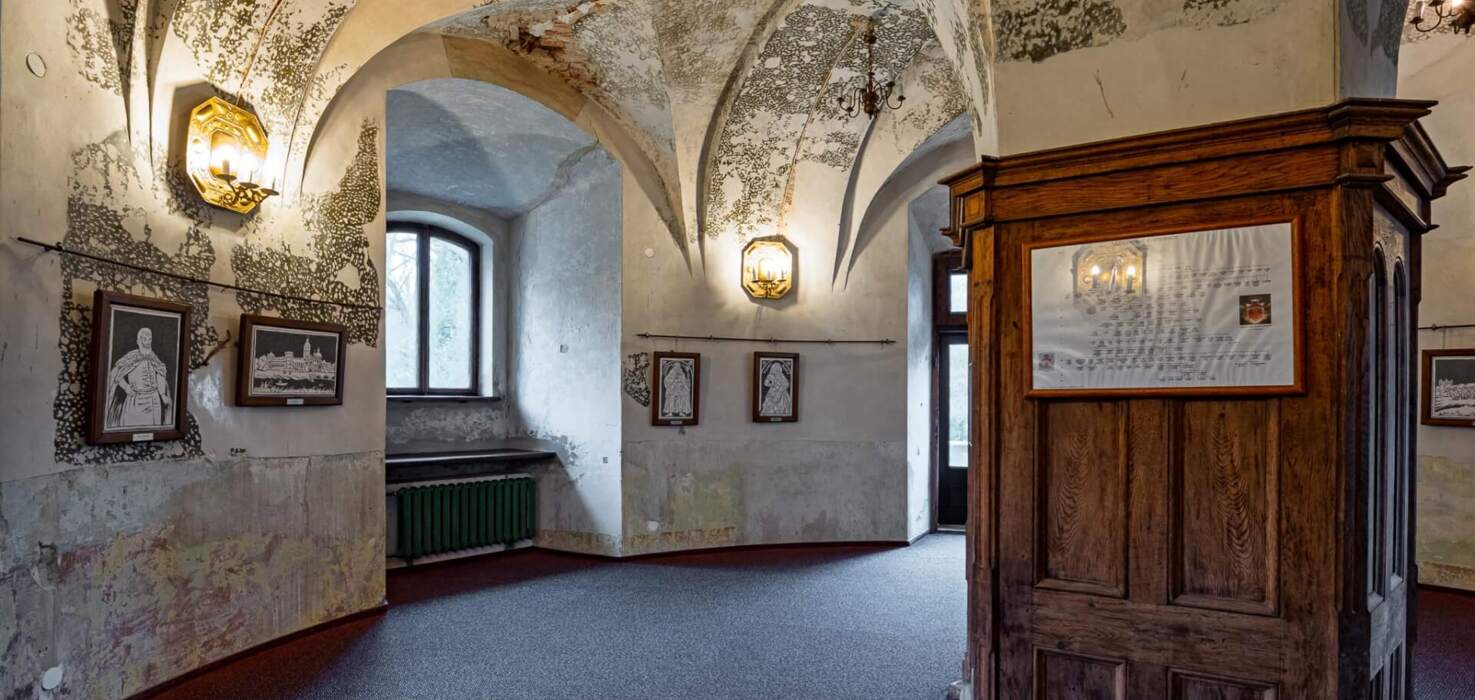History of the Castle
Located on the Przemyśl-Sanok route, near the San river crossing, the castle in Krasiczyn is one of the most beautiful monuments of the Polish Renaissance. Its construction was started at the end of the 16th century by Stanisław Krasicki - the castellan of Przemyśl, a descendant of the Mazovian szlachta bearing the Rogala coat of arms who settled here in the 16th century. Marcin Krasicki, considered one of the most outstanding art patrons in Poland at the time, transformed the austere defensive castle built by his father into a magnificent noble residence.
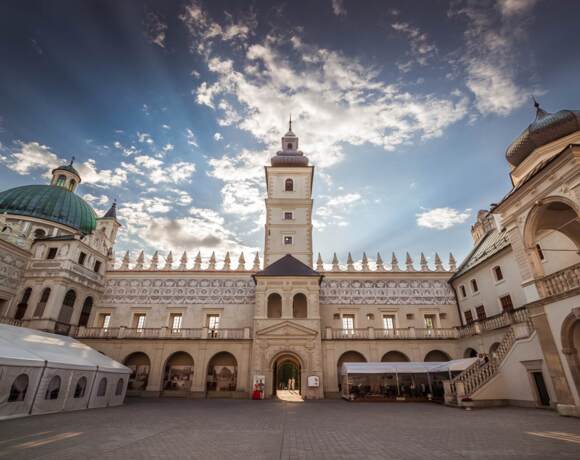
Castle Silhouette
The castle, despite numerous fires and wars, has retained almost unchanged the silhouette that was given to it at the beginning of the 17th century. Built in the form of a quadrangle, it was oriented with its walls according to the cardinal points. In the corners stand four cylindrical towers: Divine, Papal, Royal, and Noble (Knightly). A rectangular, spacious courtyard is surrounded from the north and east by residential wings, and from the south and west by curtain walls topped with a beautiful, openwork attic. In the middle of the western wing there is a foregate with a gate and a square Clock Tower. Through here, over a drawbridge and later a stone bridge, ran the road from a once existing town to the castle.
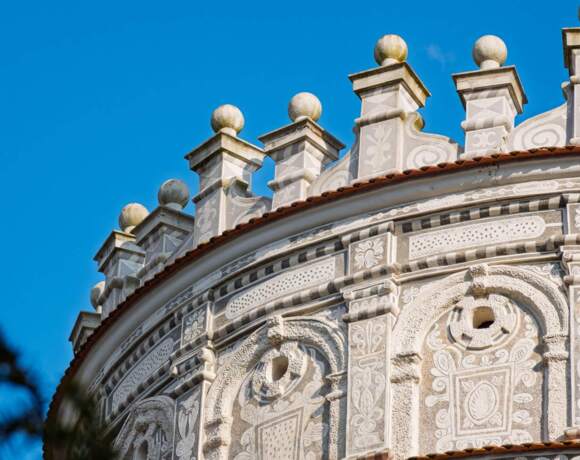
Towers
Two party walls of the castle are decorated with a beautiful openwork attic. In the corners there are four round towers - Divine, Papal, Royal, and Noble. Their names symbolize the hierarchy of the world approved by the founders, encompassing both temporal life and eternity.
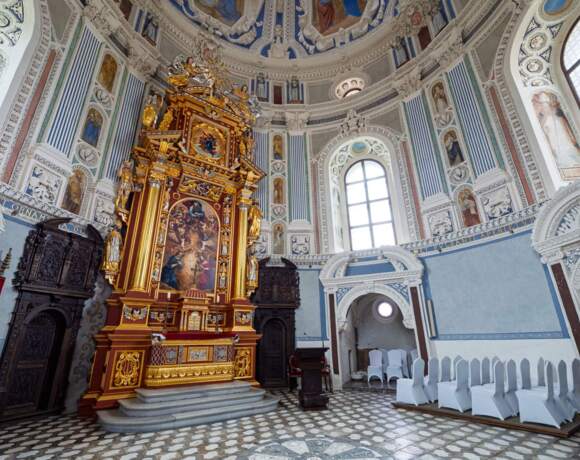
Chapel in the Virgin Tower
One of the most valuable architectural elements of the castle is the chapel located in the Divine Tower, compared to the Sigismund Chapel at Wawel. Also noteworthy are the richly carved portals, loggias, arcades, and unique wall decorations called sgraffito (their total surface area is estimated at about 3500 m2).
Construction work was carried out under the direction of Italian architects, and the ornamental and decorative works were performed by artists from Przemyśl.
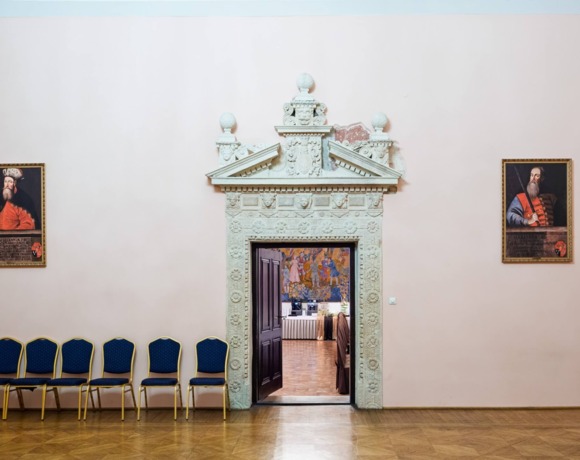
People and the Castle
The significance of the castle's glory in the past is evidenced by the fact that Polish kings stayed there: Sigismund III Vasa, Władysław IV, John II Casimir, and Augustus II.
After the childless death of the Krasicki family, the castle and Krasiczyn estates were successively inherited by: Modrzewski, Wojakowski, Tarło, Potocki, and Piniński families. In 1835, Prince Leon Sapieha bought them from the latter. The Sapieha family, who owned Krasiczyn until 1944, contributed significantly to its development. They carried out the castle's renovation, established a sawmill, brewery, and agricultural machinery factory. They were actively involved in the development of the region's economic and social life.
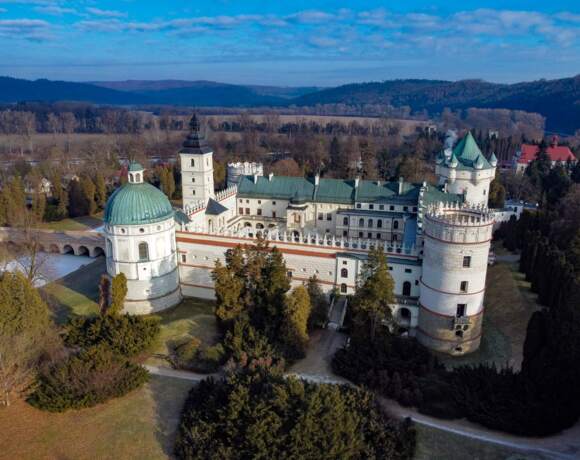
Post-war Fate of the Castle
After the takeover of the castle and Krasiczyn estates by the state after World War II, the Forestry Technical School was established there, and in the seventies, the patronage of the facility was taken over by the Passenger Automobile Factory in Warsaw.
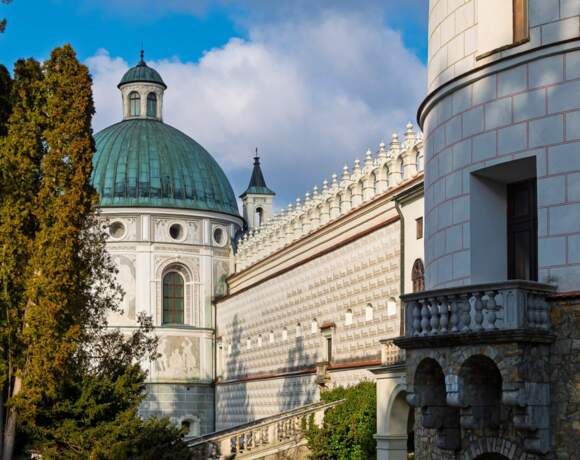
Modern Fate of the Castle
In 1996, as part of the liquidation process of FSO, the Castle-Park Complex in Krasiczyn was taken over by the Industrial Development Agency S.A. Renovation, construction, and conservation work carried out by ARP S.A. led to the creation of a modern tourist, hotel, and catering base at the Castle-Park Complex in Krasiczyn.

